The majestic land of Ladakh, nestled in the northernmost reaches of India, is known for its rugged terrain, tranquil monasteries, and vibrant cultural heritage. Among the many festivals that mark the Ladakhi calendar, the Hemis Festival stands out as a unique and profound experience. Celebrated annually at the Hemis Monastery, the festival honors Guru Padmasambhava, the founder of Tibetan Buddhism, and is a colorful display of Ladakh’s rich Buddhist traditions.
In this article, we’ll delve into the essence of the Hemis Festival, exploring its history, significance, rituals, and the vibrant atmosphere that transforms the serene monastery into a hub of spiritual and cultural activity. We’ll also provide practical information for travelers looking to experience this festival firsthand, along with tips on exploring the breathtaking landscapes and hidden gems of Ladakh during your visit.
1. The Spiritual Significance of the Hemis Festival
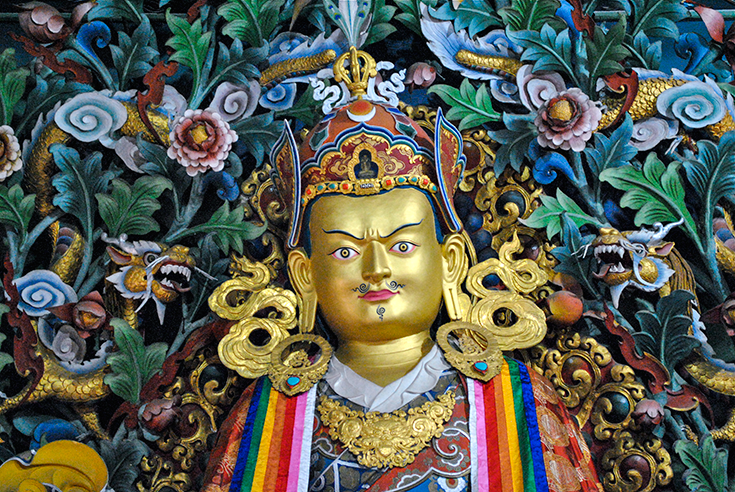
The Hemis Festival is one of the most significant religious events in Ladakh. It is celebrated in honor of Guru Padmasambhava, also known as Guru Rinpoche, who is believed to be an incarnation of Buddha. Guru Padmasambhava is credited with spreading the teachings of Buddhism across the Himalayan region, particularly in Tibet and Ladakh.
The festival marks the victory of good over evil, symbolized by Guru Padmasambhava’s triumph over dark forces that threatened Buddhism. It is believed that by participating in the festival, devotees can cleanse themselves of their sins and gain spiritual merit.
1.1. The Legend of Guru Padmasambhava
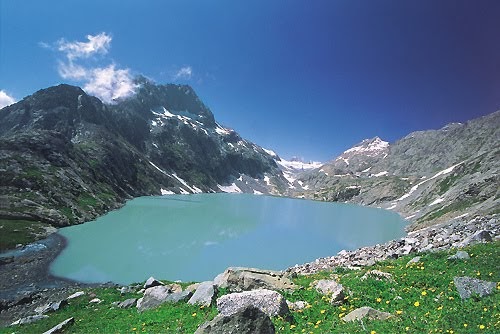
According to legend, Guru Padmasambhava was born from a lotus flower in Lake Dhanakosha, a miraculous birth that signified his divine nature. He traveled extensively across the Himalayan region, spreading the teachings of Buddhism and performing miraculous deeds. The Hemis Festival is celebrated to commemorate his birth anniversary and his achievements in establishing Buddhism as a major religion in the region.
1.2. The Hemis Monastery: A Sacred Venue
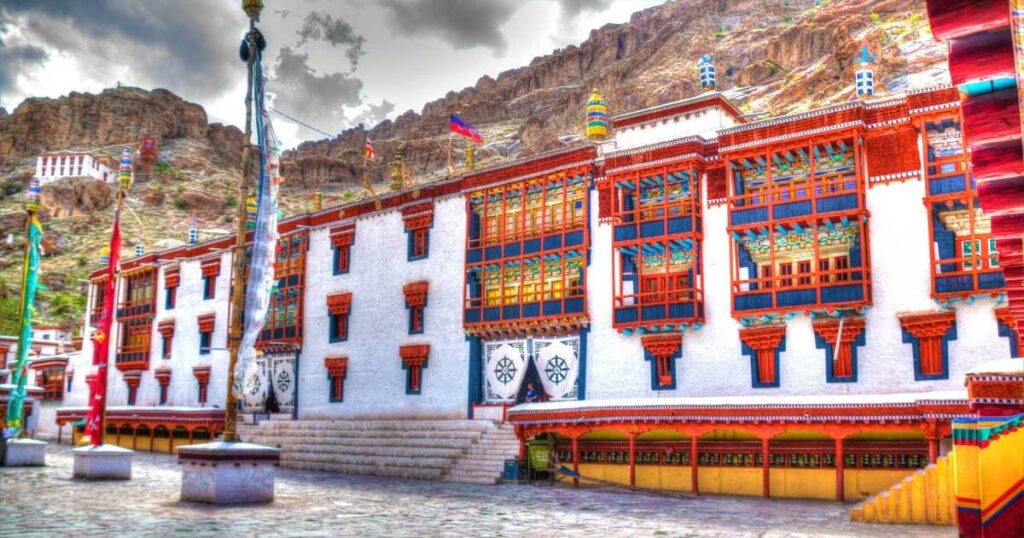
The Hemis Monastery, also known as Hemis Gompa, is one of the largest and wealthiest monasteries in Ladakh. It is situated about 45 kilometers from Leh, the capital of Ladakh, and is perched on a hill surrounded by stunning landscapes. The monastery belongs to the Drukpa lineage of Tibetan Buddhism and has been a center of religious activity for centuries.
The monastery is home to a vast collection of ancient Buddhist texts, stupas, and statues, making it a place of great spiritual and historical significance. The annual Hemis Festival is the monastery’s most important event, attracting thousands of devotees and tourists from around the world.
2. The Hemis Festival: A Kaleidoscope of Colors and Culture
The Hemis Festival is celebrated on the 10th day of the fifth month of the Tibetan lunar calendar, which usually falls in June or July. The festival spans two days and is marked by elaborate rituals, colorful masked dances, and traditional music. The main courtyard of the Hemis Monastery comes alive with vibrant decorations, and the air is filled with the sound of chanting monks and the rhythm of drums and cymbals.
2.1. The Cham Dance: A Sacred Performance
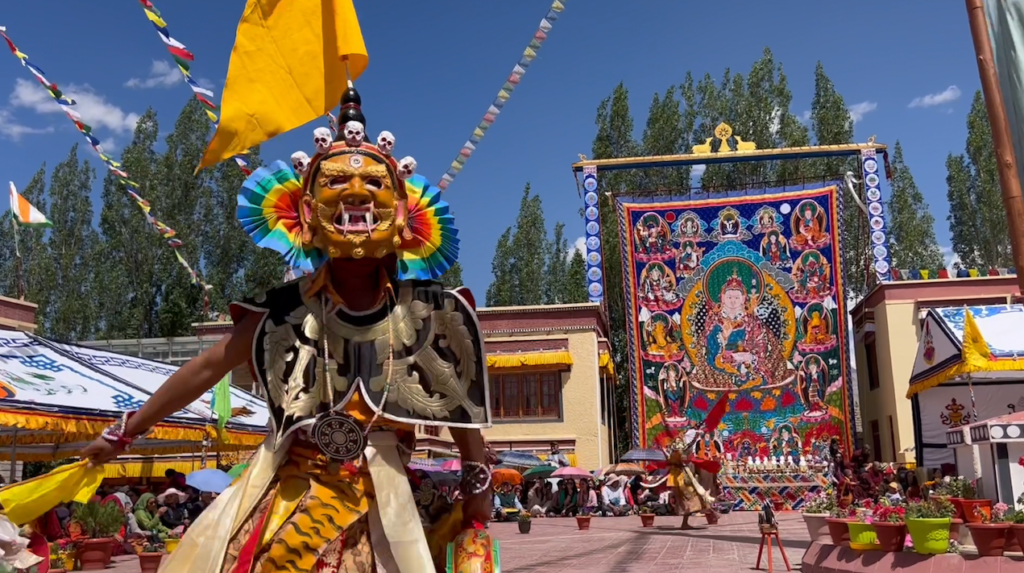
One of the most captivating aspects of the Hemis Festival is the Cham dance, a sacred masked dance performed by the monks of the monastery. The dance is believed to ward off evil spirits and bring prosperity and peace to the community. The monks, dressed in elaborate costumes and masks representing various deities and mythical beings, perform intricate movements to the accompaniment of traditional music.
Each mask and costume has symbolic significance, representing different aspects of the Buddhist pantheon. The dance is a form of meditation and a ritual offering, with each step and gesture conveying deep spiritual meaning. The Cham dance is a visual spectacle that mesmerizes the audience and provides a rare glimpse into the rich cultural and religious heritage of Ladakh.
2.2. The Unfurling of the Thangka
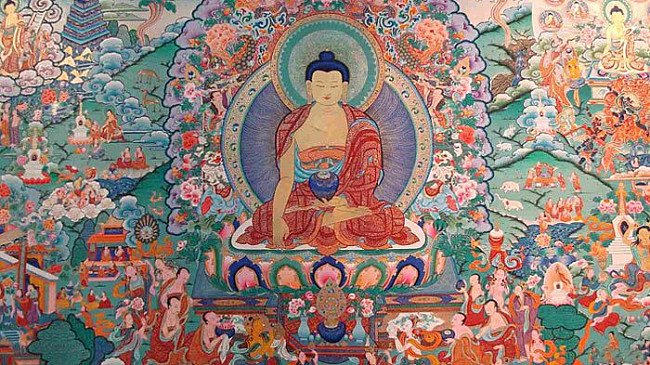
Another highlight of the Hemis Festival is the unfurling of the giant thangka, a sacred Buddhist painting depicting Guru Padmasambhava. The thangka is displayed once every 12 years and is considered a rare and auspicious event. The painting, which measures several meters in height, is adorned with precious stones and is a masterpiece of Tibetan Buddhist art.
The unfurling of the thangka is accompanied by prayers and rituals, with monks and devotees offering their respects and seeking blessings. The sight of the giant thangka, set against the backdrop of the majestic Hemis Monastery, is a breathtaking and spiritually uplifting experience.
2.3. Traditional Music and Rituals
The festival is also marked by traditional music and rituals performed by the monks of the monastery. The sound of drums, cymbals, and long horns echoes through the courtyard, creating an atmosphere of reverence and devotion. Monks chant sacred mantras, and offerings are made to the deities to seek their blessings and protection.
The rituals performed during the festival are believed to purify the mind and body, bringing peace and harmony to the participants. The entire monastery is filled with a sense of joy and celebration as people from all walks of life come together to partake in the festivities.
3. Preparing for the Hemis Festival: Practical Information for Travelers
If you’re planning to attend the Hemis Festival, there are a few things you should keep in mind to make the most of your experience. Here’s a practical guide to help you prepare for your journey.
3.1. When to Visit
The Hemis Festival usually takes place in June or July, depending on the Tibetan lunar calendar. It’s important to check the exact dates in advance, as they can vary from year to year. The festival lasts for two days, but it’s a good idea to arrive a day early to explore the monastery and the surrounding area before the festivities begin.
3.2. Getting to Hemis Monastery
Hemis Monastery is located about 45 kilometers from Leh, the capital of Ladakh. The easiest way to reach Leh is by air, with regular flights from major cities like Delhi, Mumbai, and Srinagar. Once in Leh, you can hire a taxi or take a local bus to Hemis. The drive to the monastery takes about an hour and offers stunning views of the Ladakhi landscape.
3.3. Accommodation Options
Leh has a wide range of accommodation options, from budget guesthouses to luxury hotels. During the festival, it’s advisable to book your accommodation in advance, as the town can get crowded with tourists and devotees. If you prefer to stay closer to the monastery, there are a few guesthouses and homestays in the nearby villages of Karu and Choglamsar.
3.4. What to Wear and Carry
Ladakh’s weather can be unpredictable, with temperatures ranging from warm during the day to chilly at night, even in summer. It’s important to dress in layers and carry a warm jacket, hat, and gloves. Comfortable walking shoes are a must, as you’ll be doing a fair amount of walking and standing during the festival.
Carry a water bottle, sunscreen, sunglasses, and a hat to protect yourself from the high-altitude sun. A camera is essential to capture the vibrant colors and unique moments of the festival but be respectful of the monks and other participants when taking photos.
3.5. Festival Etiquette
The Hemis Festival is a religious event, and it’s important to be respectful of the customs and traditions of the monastery. Dress modestly, with your shoulders and knees covered. Avoid loud conversations and disruptive behavior during the rituals and performances.
If you wish to offer a donation to the monastery, you can do so at the designated donation box. Refrain from touching the monks, sacred objects, or masks, as these are considered holy. Remember to maintain a respectful distance during the Cham dance and other rituals.
4. Exploring Ladakh Beyond the Hemis Festival
While the Hemis Festival is a highlight of any visit to Ladakh, there is so much more to explore in this enchanting region. From ancient monasteries to pristine lakes and high-altitude passes, Ladakh offers a wealth of experiences for the intrepid traveler.
4.1. Monastery Circuit: Discovering Ladakh’s Spiritual Heritage
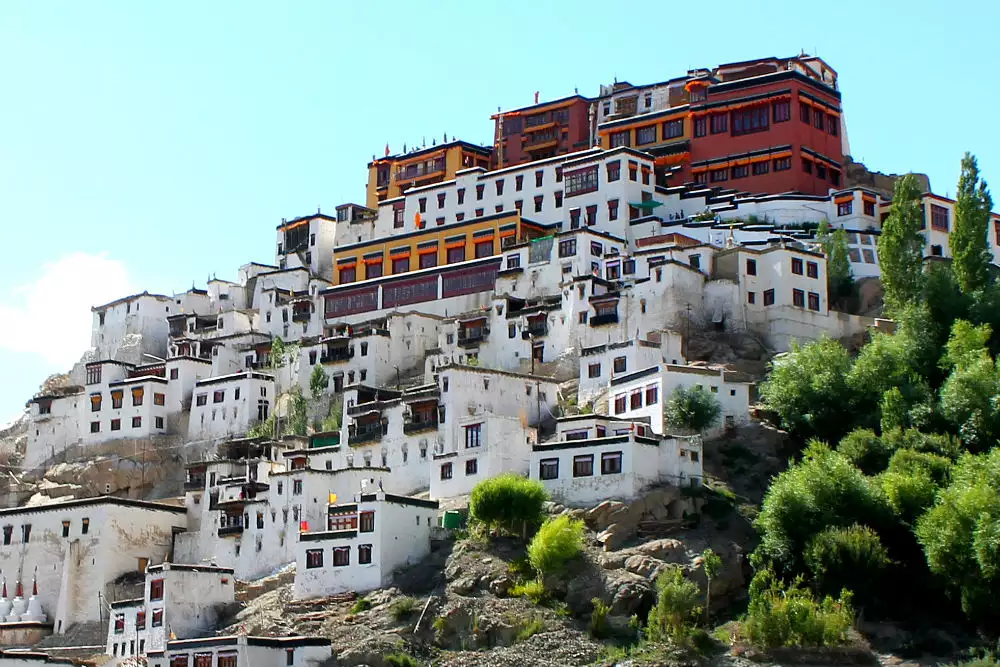
Ladakh is home to numerous monasteries, each with its own unique history and architectural style. After the Hemis Festival, consider exploring some of the other monasteries in the region, such as:
- Thiksey Monastery: Often compared to the Potala Palace in Lhasa, Thiksey is a stunning 12-story complex that houses a two-story statue of Maitreya Buddha. The monastery offers panoramic views of the Indus Valley and is a great place to learn about Ladakhi Buddhism.
- Shey Monastery: Located on a hilltop, Shey Monastery is known for its giant copper statue of Shakyamuni Buddha. The monastery was once the summer palace of the kings of Ladakh and offers a glimpse into the region’s royal heritage.
- Diskit Monastery: Situated in the Nubra Valley, Diskit is the oldest and largest monastery in the region. The monastery is famous for its 32-meter-high statue of Maitreya Buddha, which overlooks the valley.
4.2. Pangong Tso: A Jewel of the Himalayas
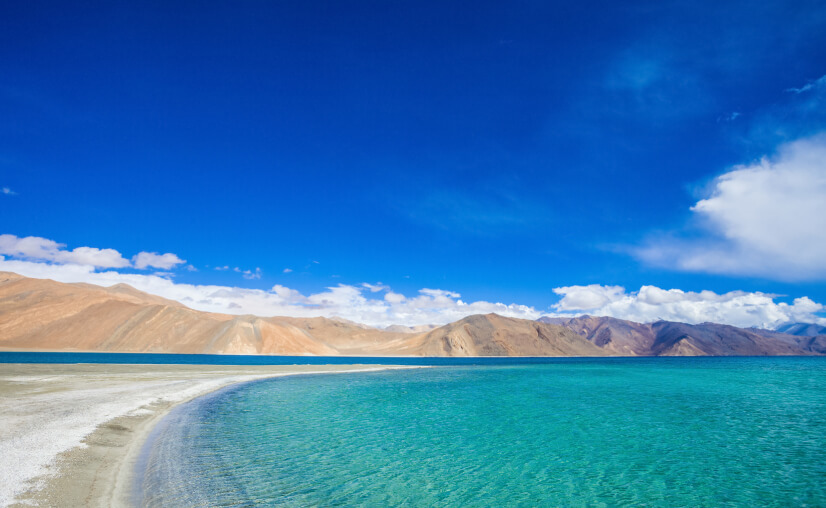
Pangong Tso, a high-altitude lake situated at an elevation of 4,350 meters, is one of Ladakh’s most iconic destinations. The lake, which stretches from India to China, is known for its changing hues of blue and its stunning mountainous backdrop.
A visit to Pangong Tso is a must for nature lovers and photographers. The lake is located about 160 kilometers from Leh and can be reached by a scenic drive through the Chang La Pass. You can spend a night at one of the campsites near the lake to fully appreciate its beauty under the starry Ladakhi sky.
4.3. Nubra Valley: A Desert in the Mountains
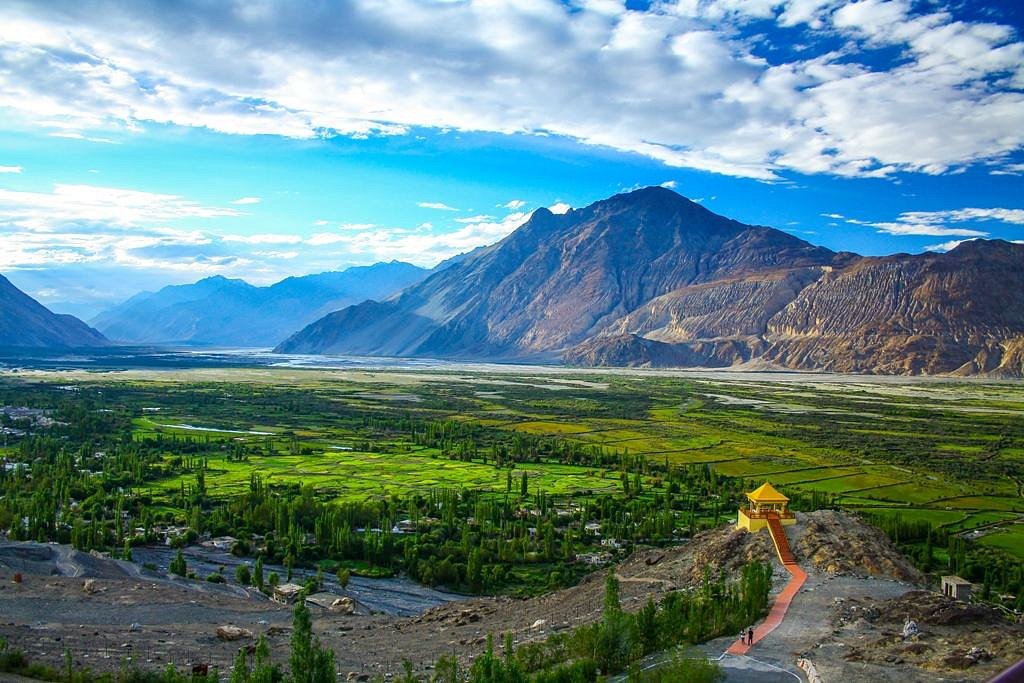
The Nubra Valley, also known as the Valley of Flowers, is a high-altitude desert located to the north of Leh. The valley is characterized by its unique landscape, which features sand dunes, lush green villages, and the meandering Shyok and Nubra rivers.
A trip to Nubra Valley offers a mix of adventure and culture. You can enjoy a camel ride on the sand dunes of Hunder, visit the picturesque village of Turtuk near the Indo-Pak border, and explore the Diskit and Samstanling monasteries. The drive to Nubra Valley takes you over the Khardung La Pass, one of the highest motorable roads in the world.
4.4. Tso Moriri: A Tranquil Escape
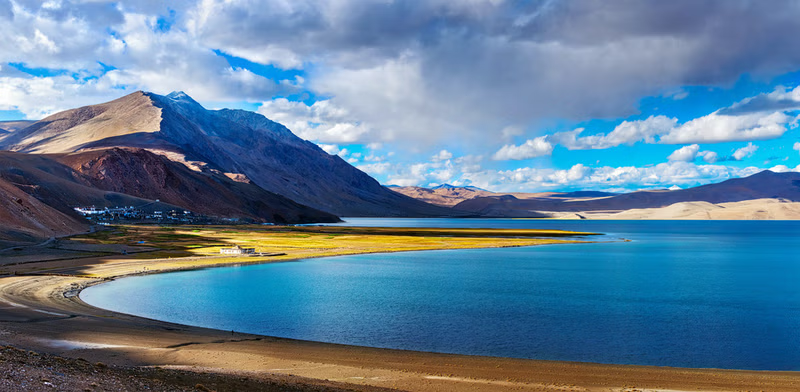
Tso Moriri, also known as Mountain Lake, is another high-altitude lake located in the Changthang region of Ladakh. The lake is less visited than Pangong Tso, making it a perfect destination for those seeking solitude and tranquility.
Surrounded by snow-capped peaks and inhabited by migratory birds, Tso Moriri is a haven for nature lovers and bird watchers. The village of Korzok, located on the banks of the lake, is home to a small monastery and a nomadic community. You can camp near the lake and enjoy the serene beauty of this remote region.
5. Experiencing Ladakhi Culture and Cuisine
No visit to Ladakh is complete without experiencing its unique culture and cuisine. The people of Ladakh, known for their warmth and hospitality, have a rich cultural heritage that is reflected in their festivals, music, dance, and food.
5.1. Traditional Ladakhi Music and Dance

Ladakhi music and dance are an integral part of the region’s cultural identity. The Hemis Festival provides an excellent opportunity to witness traditional Ladakhi dance forms such as the Cham dance and the Yak dance. You can also enjoy performances of the traditional musical instrument called the daman, a type of drum, and the surna, a type of oboe.
If you’re interested in learning more about Ladakhi music and dance, you can visit the Cultural Academy in Leh, where you can watch performances and even participate in workshops.
5.2. Ladakhi Cuisine: A Delight for the Taste Buds
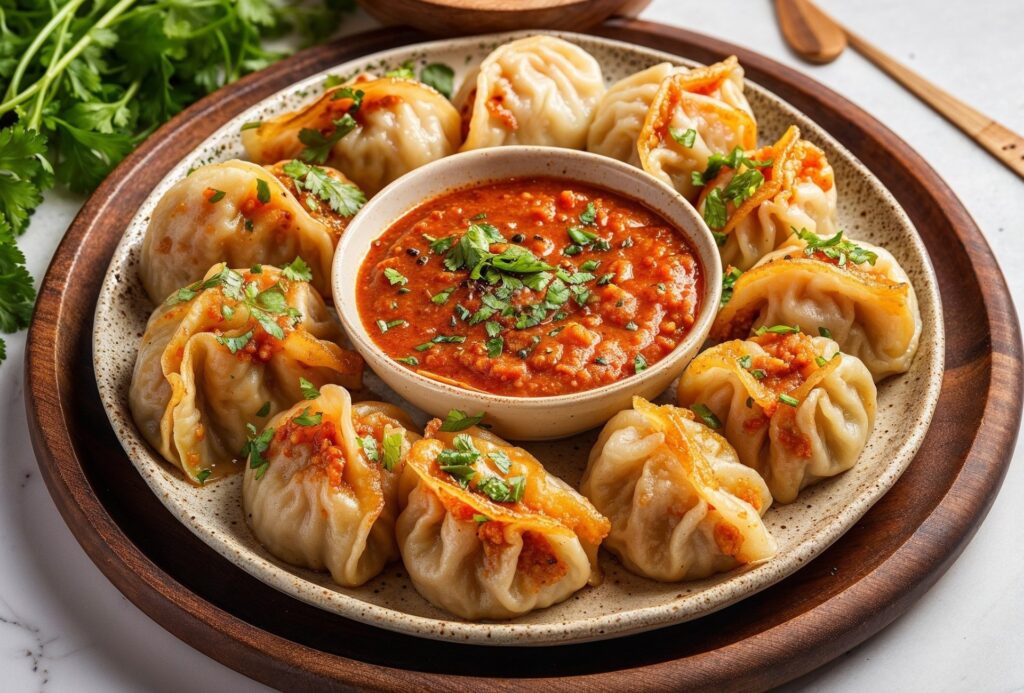
Ladakhi cuisine is a unique blend of Tibetan, Indian, and Central Asian influences. Some of the must-try dishes include:
- Thukpa: A hearty noodle soup with vegetables and meat, perfect for warming up in the cold Ladakhi weather.
- Momos: Steamed or fried dumplings filled with vegetables, cheese, or meat. Momos are a popular snack in Ladakh and are often served with spicy dipping sauces.
- Skyu: A traditional Ladakhi stew made with kneaded dough, vegetables, and meat. It’s a comfort food that is often enjoyed during the winter months.
- Butter Tea: Known as gur gur chai, butter tea is a staple of Ladakhi hospitality. Made with tea leaves, butter, and salt, it’s an acquired taste but worth trying for its unique flavor and warming properties.
Many local restaurants in Leh and the surrounding areas serve traditional Ladakhi dishes, along with Indian and Tibetan cuisine. Be sure to visit the Leh Main Bazaar and sample some of the local delicacies at the food stalls.
6. Sustainable Travel in Ladakh: Preserving the Fragile Ecosystem
Ladakh is a region of stunning natural beauty, but it is also a fragile ecosystem that is vulnerable to the impacts of tourism and climate change. As travelers, it is our responsibility to minimize our impact and contribute to the preservation of this unique environment.
6.1. Tips for Responsible Travel
- Respect Local Customs and Traditions: Ladakh has a rich cultural heritage, and it’s important to be respectful of local customs and traditions. Dress modestly, seek permission before taking photos of people, and be mindful of your behavior in religious places.
- Minimize Plastic Use: Ladakh has a limited waste management infrastructure, and plastic waste is a significant problem. Carry a reusable water bottle, avoid single-use plastics, and dispose of your waste responsibly.
- Support Local Businesses: Choose locally-owned guesthouses, homestays, and restaurants to support the local economy. Purchase souvenirs from local artisans and avoid buying products made from endangered species.
- Travel with a Low Footprint: Consider using shared or public transportation or join a group tour to reduce your carbon footprint. If you choose to trek, stick to designated trails and camp in designated areas to minimize your impact on the environment.
6.2. Participating in Conservation Efforts
Several organizations in Ladakh are working to preserve the region’s environment and cultural heritage. You can volunteer with organizations like the Snow Leopard Conservancy or the Ladakh Ecological Development Group (LEDeG) to contribute to conservation efforts and learn more about the challenges facing the region.
7. Conclusion: Embracing the Spirit of Ladakh
The Hemis Festival is not just a celebration of Buddhist traditions; it is a celebration of the spirit of Ladakh itself. It is an opportunity to connect with the region’s rich cultural heritage, witness the devotion of its people, and experience the serene beauty of the Himalayas.
As you stand in the courtyard of Hemis Monastery, surrounded by the vibrant colors and rhythmic chants of the festival, you will feel a sense of peace and connection that is hard to find in the hustle and bustle of modern life. The Hemis Festival is a journey into the heart of Ladakh, a journey that will leave you with memories and experiences that will last a lifetime.
So, pack your bags, prepare for an adventure, and embark on a journey to celebrate the Hemis Festival in Ladakh – a unique Buddhist experience that will touch your soul and leave you longing for more.

Leave a Reply